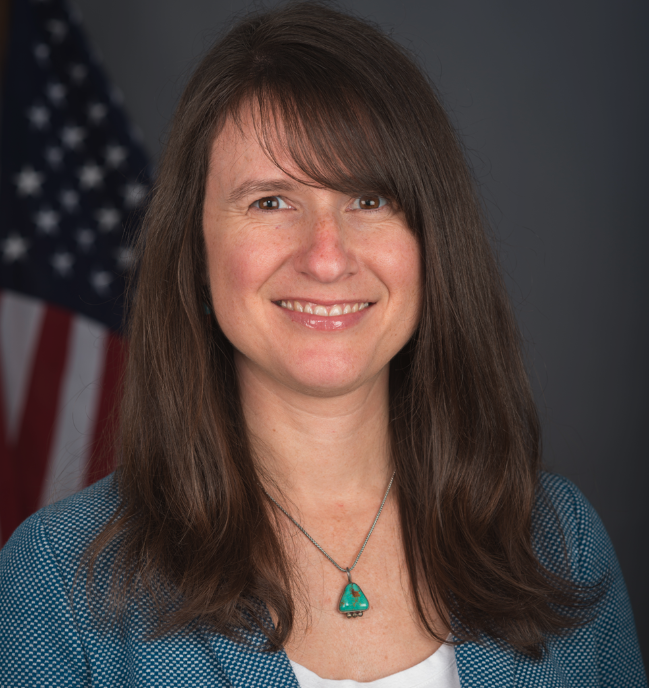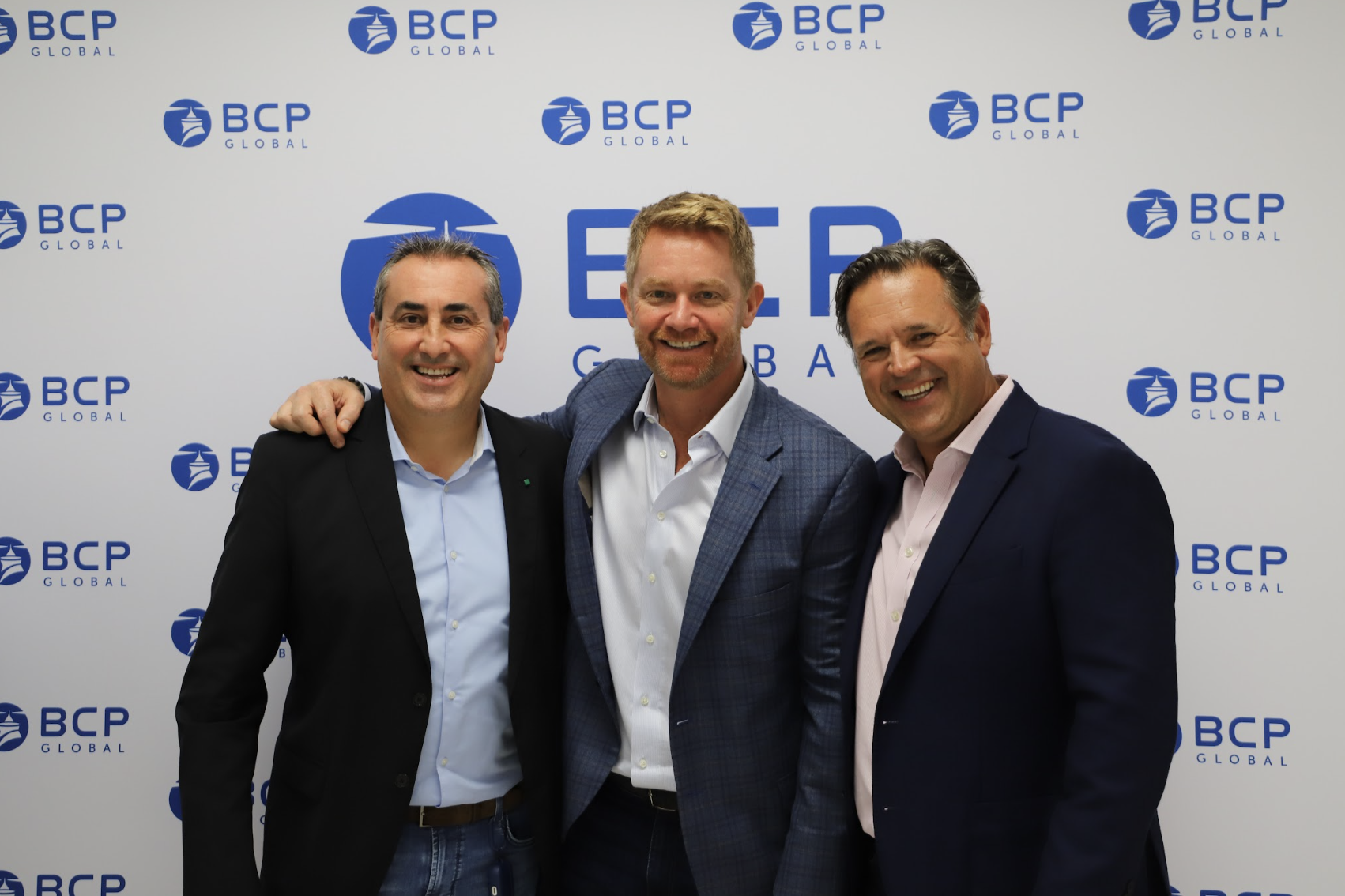
Dynasty Financial Partners (“Dynasty”) announced the company has closed a minority private capital raise, adding Abry Partners (“Abry”) and The Charles Schwab Corporation (“Schwab”) as new minority investors. Several of Dynasty’s existing investors and directors of the board have invested additional capital alongside Abry and Schwab in the round.
Additionally, several firms in the Dynasty Network have invested in Dynasty as part of an ‘equity swap’ program that has been launched concurrent with the round.
Dynasty’s Network of clients own and operate independent RIAs that leverage Dynasty’s integrated technology, services and business solutions, robust turnkey asset management program (TAMP), and capital solutions. This integrated platform model provides synthetic scale that allows Dynasty-powered RIAs to be independent but not alone.
Dynasty intends to use some of this capital to make meaningful investments in technology and technology integrations, the addition of services to its Core Services offering, the further buildout of its TAMP and investment solutions offering, and the addition of intellectual capital and key talent.
The company also plans to invest in the growth of Dynasty Capital Strategies, making further equity investments in its network of clients and making capital available for inorganic growth. The company will also explore select opportunities for corporate development and M&A that would accelerate growth, add capabilities, and increase margin in various areas of the business. A portion of the investment round will be used to fund secondary transactions to provide liquidity to long-time shareholders and founders of Dynasty.
As previously announced in September of this year, Dynasty closed a $50 million credit facility from RBC Capital Markets, UMB Bank, J.P. Morgan, Citibank, and Goldman Sachs Bank that provides access to additional growth capital.
Concurrent with this capital raise, Dynasty has executed minority equity investments in many of its RIA clients. Most of these clients received Dynasty equity in exchange for their equity in a ‘swap’ transaction.
As a result, the Dynasty Network stands stronger and more aligned than ever, with many members of the network having an equity interest in the success of Dynasty and the Network.
“After evaluating the state of the public markets, our board decided to have a handful of conversations with potential private investors. Having been afforded the luxuries of optionality and time, there were two requirements that were atop my list as we went through the process – partnership and alignment,” said Dynasty’s President and CEO, Shirl Penney.
Given the equity capital raise, Dynasty will file a request to withdraw its Registration Statement on Form S-1, initially filed with the SEC on January 19, 2022 and subsequently amended.
Abry Partners is a Boston-based private equity firm with an over 30-year track record of sector-focused investments, having completed more than $90 billion of leveraged transactions. Abry has deep experience within financial services and the wealth management sector, including recent successful investments in Beacon Pointe and Millennium Trust Company.
James Scola, Partner, and Michael Cummings, Principal, led the transaction for Abry. As part of the minority investment, James Scola will be joining Dynasty’s board.
“When looking at the RIA space and the growing ecosystem around it, Dynasty was one of the select brands we had been following for some time. We are thrilled to have the opportunity to invest in the leading wealth technology and integrated services platform in the RIA space and are looking forward to putting all of Abry’s resources behind the growth of the firm and its clients,” said James Scola, Partner at Abry.
Schwab serves as the custodian for over half of the $72 billion in assets under advisement in the Dynasty Network. Schwab and Dynasty have long brought complementary strengths to their joint clients with Schwab’s expertise in the independent advisor ecosystem and Dynasty’s leading technology and services platform for independent business-owner advisors.
“As advocates for independent advisors, we are thrilled to invest in a firm that shares our values of empowering advisors with the technology, tools, and resources they need to build even stronger businesses. We could not be more excited for the ongoing growth that is occurring in the RIA ecosystem and are proud to be leaders in the space,” said Bernie Clark, Head of Schwab Advisor Services.
Dynasty will continue to grow its relationships with other strategic partners in the space, including the other major custodians serving the RIA ecosystem.
“At a time when many businesses in the space are forced to hunker down and play defense, dragged down by leverage and rising interest rates, Dynasty is positioned to charge onto the offensive with fresh, friendly capital, a fortress balance sheet, and favorable margins. Despite market volatility, the ‘Era of Independence’ continues to experience tailwinds as Dynasty positions to invest and continue executing on behalf of its clients and investors,” added Justin Weinkle, Dynasty’s CFO.
Goldman Sachs & Co. LLC acted as exclusive financial advisor and Sullivan & Cromwell LLP acted as exclusive legal advisor to Dynasty on the transaction.









